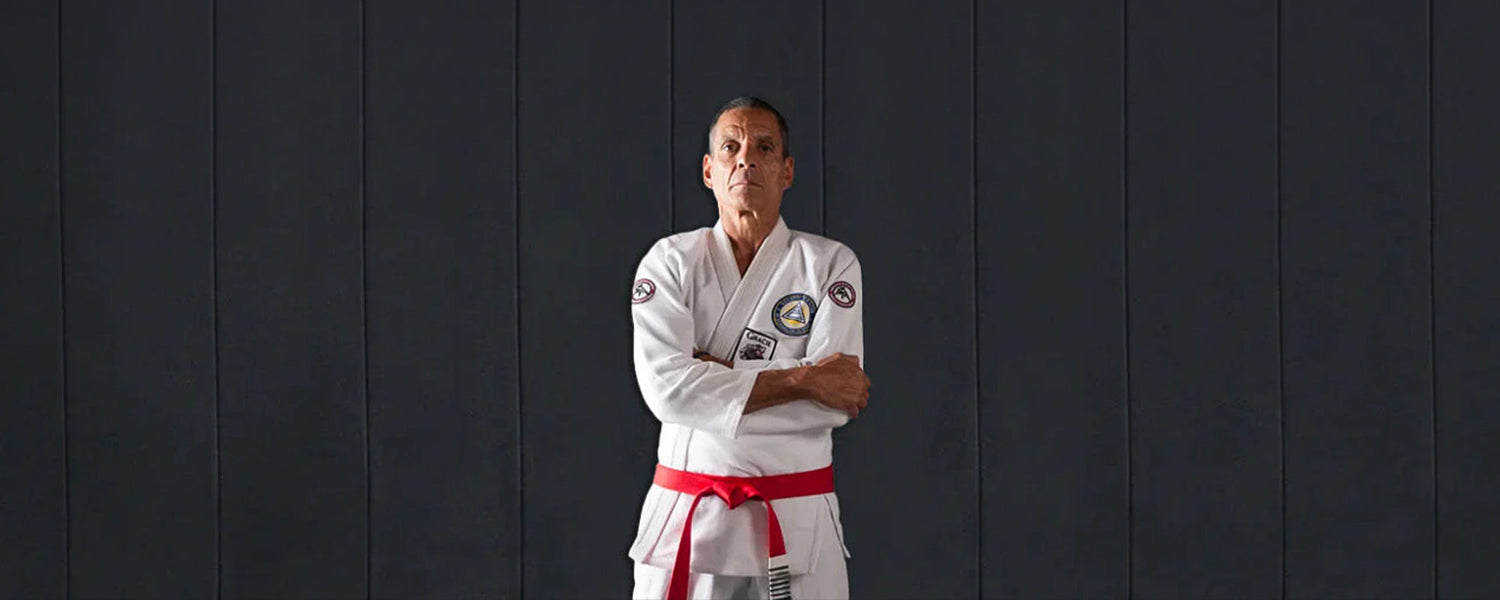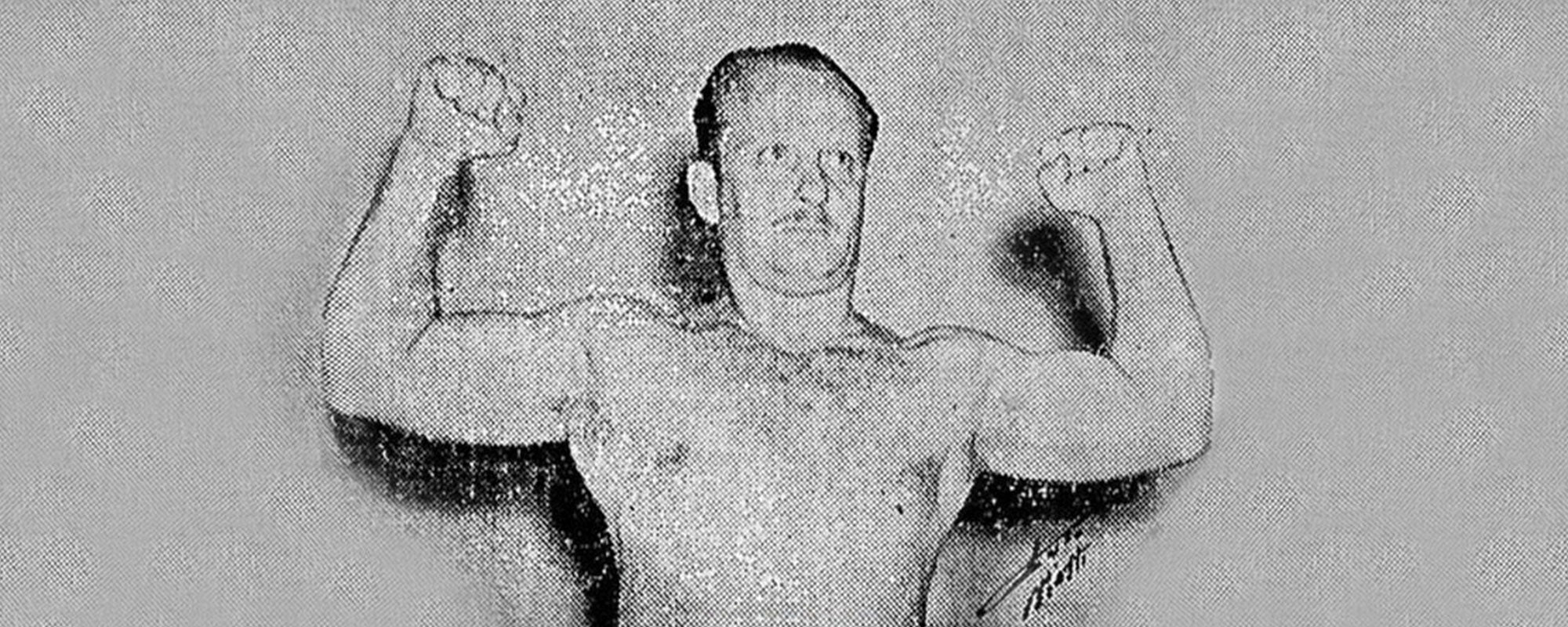Table of content
1. Introduction to the BJJ Belt Rank System: Black to Red
1.1. Black Belt
The black belt is the highest rank in BJJ, the most-coveted belt by Brazilian Jiu-Jitsu practitioners. The black belt signifies mastery over BJJ fundamentals, positions, and techniques. It is also a testament to a practitioner’s hard work and dedication to jiu-jitsu.
A common misunderstanding about BJJ black belts is that they have perfect knowledge about everything BJJ-related. But this couldn’t be further from the truth. To be a black belt means you have sound knowledge of the BJJ curriculum and a diverse skill set. There is still room for BJJ black belts to improve, which is why coral and red belts are included in the BJJ belt rank system, only being awarded to ultra-talented Brazilian Jiu-Jitsu masters.
To reach the black belt rank, you must work tirelessly for almost a decade. Some elite BJJ fighters rank up more quickly by competing in famous BJJ competitions and earning multiple victories and medals.
2. Black Belt Expectations
A BJJ black belt must have the following qualities:
- Able to independently train a group of students from lower belt ranks.
- A deep understanding of the entire BJJ curriculum.
- A black belt should demonstrate excellent motor skills.
- Able to subdue and defeat opponents of equal skill and rank.
- Able to compete in well-known BJJ competitions.
- Able to come up with offensive, defensive, and escape strategies quickly.
- All black belts should have unique fighting styles and know multiple submission techniques.
3. IBJJF Requirements to Become a Black Belt
A BJJ student must fulfill the following criteria to be promoted to a black belt:
- Must at least be 19 years old.
- Must have practiced BJJ for a minimum of 12 months as a brown belt.
4. Black Belt Essential Training Requirements
By the time a fighter becomes a black belt, all of the skills learned from the white to brown belt ranks should be refined. By this phase, fighters should have an understanding of their strengths and weaknesses, capable of executing different techniques and positions.
A black belt should be proficient in blocking and must be able to come up with spontaneous strategies to adjust to changing circumstances. Moreover, at the black belt level, the essential training sessions not only include learning BJJ techniques but also demonstrating the character-building principles of jiu-jitsu. Here is a list of personality traits that a black belt should have:
- Grace and Humility: Black belts know when to tap out and accept defeat gracefully. Not tapping out when it is necessary indicates arrogance.
- Being Consistent: A black belt never quits, whether working on his/her skills or looking to make a comeback after a defeat. True black belts will continue working to improve themselves until they achieve their goals.
- Dedication: The journey to becoming a BJJ black belt is far from smooth and requires dedication. There are tears, trials, and tests along the way. Dedication to BJJ is the only way for a brown belt to become a black belt.
- Leadership: A black belt should have excellent leadership qualities. Inexperienced BJJ practitioners will look to them for guidance and black belts should be able to mentor and support their juniors.
- Refinement: Black belts don’t know everything but they are proficient with whatever they do know. While a brown belt learns to develop his/her skills, a black belt learns to refine his/her skills. A black belt’s moves should be fluid, precise, and reflect the years of intense training.
5. Black Belt Test Requirements
To become a black belt, it usually takes about 10 years of training and demonstrating an understanding of basic and sophisticated BJJ skills. Other factors that determine belt promotion include overall class attendance, competence, ability, and moral values. A black belt should be a role model and hold a position of authority in the gym. For this reason, instructors are very careful when selecting individuals for promotion to black belt.
5.1. Submissions
- Five submissions from the mount position.
- Five submissions from the side-mount position.
- Five submissions from the back position.
- Six submissions from the guard position.
- Three submissions from the knee-in-the-belly position.
- Two double attacks from the mount position.
5.2. Self Defense
- Two ways to defend against the guillotine choke while standing.
- Two ways to defend against the guillotine choke on the ground.
- Two ways to defend against a headlock while standing.
- Two ways to defend against a headlock on the ground.
5.3. Throws & Takedowns
- Four leg throws.
- Two double legs takedowns.
- Two single-leg takedowns.
- Six hip throws.
5.4. Passing the Guard
- Demonstrate seven different ways to guard pass.
5.5. Half-Guard
- Demonstrate four sweeps from the half-guard position.
- Demonstrate four half-guard passes.
5.6. Sweeps from the Guard
- Demonstrate five different ways to sweep your opponent from the guard position.
5.7. Escapes
- Four ways to escape the mount.
- Four ways to escape the side-mount.
- Four ways to escape the rear mount.
- Four ways to escape the knee-on-belly.
6. Timeline to Promotion (Brown to Black)
The belt promotion system in Brazilian Jiu-Jitsu is more difficult to progress in compared to the other martial arts. This is because of the demanding nature and complexity of BJJ. Therefore, it takes about 10 to 15 years of training for an average practitioner to be promoted to black belt. However, for a brown belt, it is only about 2-3 years. Similar to the colored belt promotions, a practitioner gets his/her black belt level based on the decision of the instructor.
7. Beyond Black in BJJ - The Red Belt
“Red belt is for those who influence and fame takes them to the pinnacle of the art.”
For most students, a black belt is a final destination in BJJ. However, it is possible to go even further. BJJ black belts are masters but they can reach the rank of grandmaster level by earning their red belts. But reaching this level requires accomplishing unprecedented achievements in jiu-jitsu. Only 19 BJJ practitioners have managed to become red belts and most of them belong to the Gracie clan, the pioneers of BJJ.
But before they can reach the red belt level, BJJ practitioners must first reach the following ranks:
7.1. 1st-6th Degree Black Belt
A black belt must train for three years to be awarded the first-degree level. Then to achieve the second and third-degree black belts, three years of training are needed for each level. The fourth-degree black belt takes five years of training. For fifth and sixth-degree black belts, five years of training are required for each level.
7.2. Red/Black Coral Belt
The red and black coral belt is the 7th-degree black belt. It is awarded only to BJJ practitioners who have attained the sixth-degree black belt and trained for an additional seven years.
7.3. Red/White Coral Belt
The red/black coral belt is the 8th-degree black followed by the red/white coral belt. It can only be achieved after another ten years of constant training.
7.4. Red Belt
The red belt is the 9th-10th degree black belt and is the final achievable rank in Brazilian Jiu-Jitsu. The red belt comes with the title of grandmaster and the respect of the BJJ community. Only BJJ grandmasters are awarded the 9th-degree red belt while the 10th-degree red belt is reserved for the pioneers of jiu-jitsu, the legendary Gracies.
7.5. Who Are the 10th Degree BJJ Red Belts?
Only five BJJ legends received the 10th-degree red belt, all of whom belong to the Gracie family. The 10th-degree BJJ red belts include the following:
- Carlson Gracie
- Helio Gracie
- Jorge Gracie
- Gastao Gracie
- Oswaldo Gracie
8. IBJJF Requirements to Become a Red Belt
According to IBJJF rules, a practitioner must fulfill the following requirements to be worthy of the following red belt ranks:
Red/Black
- A practitioner must train at the red/black level for at least seven years after attaining the belt.
Red/White
- A practitioner must train at the red/white level for at least eight years after attaining the belt.
Red
- If a student received a black belt at the age of 19 then the earliest possible age one can receive a 9th-degree red belt is no less than 67 years old.
9. Timeline to Promotion (Black to Red Belt)
Promotion to a red belt is a long and difficult ordeal. To get the 9th-degree red belt, a person must have spent a minimum of 48 years training at the black belt level. Suffice it to say, the time it takes to be promoted from a black belt to a red belt is practically a practitioner’s whole life.
10. Takeaways
Th journey from white belt to black belt is difficult but pales in comparison to the challenges necessary to become a red belt. Though getting to both black and red belt levels requires immense determination and love for the sport, it is easy to get intimidated by the long road ahead. Whoever wants to practice becoming a BJJ black belt or red belt must treat martial art as a way of life.
Photo Credit: @graciejiujitsuwinnemucca












Leave a comment
This site is protected by hCaptcha and the hCaptcha Privacy Policy and Terms of Service apply.